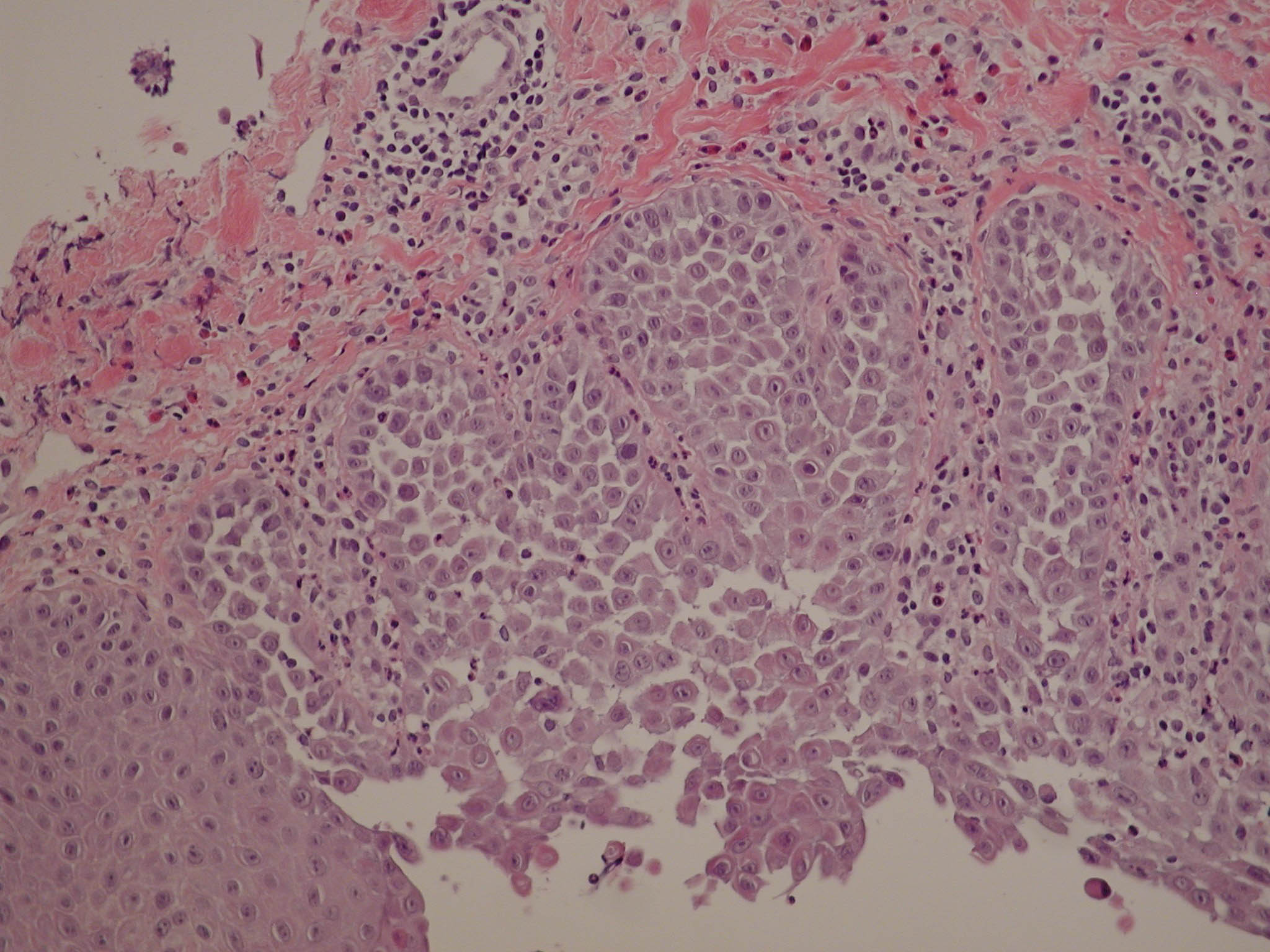Arch Dermatol. 1994 Sep;130(9):1143-9.
Source
Department of Dermatology, University of Münster, Germany.
Abstract
BACKGROUND:
Chronic benign familial pemphigus (Hailey-Hailey disease) is a rare dominant genodermatosis that bothers patients by chronic recalcitrant plaques occurring mainly in the intertriginous areas. We looked for a surgical treatment that is not impaired by the complications and disadvantages of radical excision and grafting of involved areas. In 10 patients with debilitating Hailey-Hailey disease (five men, five women; age, 36 to 57 years), nine different involved areas (neck, axilla, cubital area, inframammary area, periumbilical area, groin and adjacent inner thigh, scrotum, vulva, and the perineal/perianal area) were treated by dermabrasion for a total of 46 treated regions. The plane of abrasion was located in the upper to middle dermis as verified by random sampling before and after surgery, thus documenting removal of the entire epidermis.
RESULTS:
In most instances, reepithelialization was completed after 7 to 10 days followed by excellent functional and cosmetic long-term results. When examined 3 to 79 months (median, 42 months) later, all treated areas remained completely disease free since surgery, except for major recurrences in four sites and minor recurrences in another four sites. Four of these areas were dermabraded again without subsequent relapse.
CONCLUSIONS:
Our results show that dermabrasion may be considered an excellent treatment of Hailey-Hailey disease that is unresponsive to conservative therapy. As a probable explanation, the intrinsic defect of cell adhesion in Hailey-Hailey disease seems to be limited to epidermal keratinocytes but spares adnexal structures from which rapid reepithelialization occurs.
Comment in
- Therapeutic dermabrasion. Back to the future. [Arch Dermatol. 1994]
